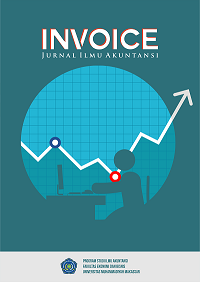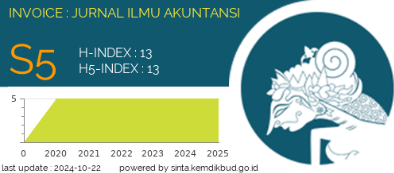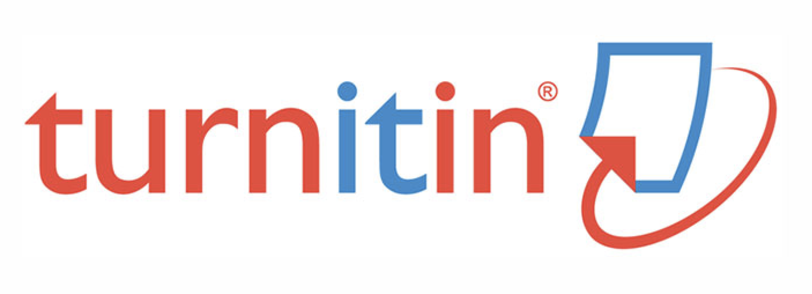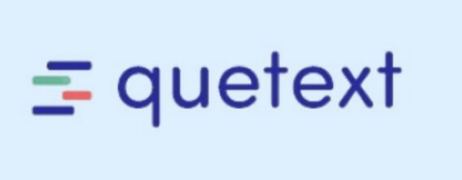The Effect of Intellectual Capital on Financial Performance in the Banking Industry in Indonesia
Abstract
In today’s knowledge-based economy, intellectual capital (IC) is increasingly recognized as a strategic asset in the banking sector. This study investigates the impact of IC on the financial performance of Indonesian banks, measured by Return on Assets (ROA). The Modified Value-Added Intellectual Coefficient (MVAIC) model is employed, which includes Capital Employed Efficiency (CEE), Human Capital Efficiency (HCE), Structural Capital Efficiency (SCE), and Relational Capital Efficiency (RCE), to assess IC comprehensively. Using panel data regression, the study analyzes financial data from the ten largest banks listed on the Indonesia Stock Exchange over the 2014–2023 period. The findings demonstrate that IC has a significant positive influence on ROA, with HCE and RCE emerging as the most impactful components. Control variables such as firm size, leverage, GDP growth, and inflation (CPI) are included to ensure analytical robustness. This study contributes to the literature by extending the application of the MVAIC model within an emerging market context. The results highlight the critical role of effective IC management in improving bank efficiency, competitiveness, and long-term financial performance. Future research is encouraged to explore the intersection between IC and digital transformation in banking operations.
References
Barney, J. (1991). Firm resources and sustained competitive advantage. Journal of Management, 17(1), 99–120.
Bontis, N. (1998). Intellectual capital: An exploratory study that develops measures and models. Management Decision, 36(2), 63–76.
Chen, M. C., Cheng, S. J., & Hwang, Y. (2005). An empirical investigation of the relationship between intellectual capital and firms' market value and financial performance. Journal of Intellectual Capital, 6(2), 159–176.
Chou, Y. C., & Buchdadi, A. D. (2018). Firm performance, institutional ownership, and capital structure: Empirical evidence from the Indonesian banking sector. Business: Theory and Practice, 19(1), 72–81.
Edvinsson, L., & Malone, M. S. (1997). Intellectual Capital: Realizing Your Company’s True Value by Finding Its Hidden Brainpower. HarperBusiness.
Firer, S., & Williams, S. M. (2003). Intellectual capital and traditional measures of corporate performance. Journal of Intellectual Capital, 4(3), 348–360.
Grant, R. M. (1991). The resource-based theory of competitive advantage: Implications for strategy formulation. California Management Review, 33(3), 114–135.
Hapsari, A. P., Mahfud, M. K., & Soesetio, Y. (2022). Analisis pengaruh manajemen aset terhadap profitabilitas bank di Indonesia. Jurnal Keuangan dan Perbankan, 26(1), 45–60.
Kujansivu, P., & Lönnqvist, A. (2007). Investigating the value and efficiency of intellectual capital. Journal of Intellectual Capital, 8(2), 272–287.
Marsuni, N. S. (2024). Optimizing Regional Original Income: A Comprehensive Analysis and Assessment of Revenue Management Practices in Pangkajene Regency and Islands. Income Journal Of Economics Development, 4(1), 20-24.
Mondal, A., & Ghosh, S. K. (2012). Intellectual capital and financial performance of Indian banks. Journal of Intellectual Capital, 13(4), 515–530.
Nazari, J. A., & Herremans, I. M. (2007). Extended VAIC model: Measuring intellectual capital components. Journal of Intellectual Capital, 8(4), 595–609.
Pulic, A. (2000). VAIC–an accounting tool for IC management. International Journal of Technology Management, 20(5–8), 702–714.
Pulic, A. (2004). Intellectual capital – does it create or destroy value? Measuring Business Excellence, 8(1), 62–68.
Stewart, T. A. (1997). Intellectual capital: The new wealth of organizations. Doubleday.
Suhardjanto, D., Wardhani, R., & Fitriasari, D. (2020). Intellectual capital and performance of Indonesian banks: Moderating role of corporate governance. International Journal of Business and Society, 21(2), 485–505.
Sveiby, K. E. (1997). The New Organizational Wealth: Managing and Measuring Knowledge-Based Assets. Berrett-Koehler Publishers.
Tambunan, T. T. H. (2021). Indonesia’s economic growth amid global uncertainties. Economic Journal of Emerging Markets, 13(2), 90–102.
Xu, J., & Wang, B. (2020). Intellectual capital, financial performance, and companies’ sustainable growth: Evidence from the energy sector. Sustainability, 12(6), 2436.
Zeghal, D., & Maaloul, A. (2010). Analysing value added as an indicator of intellectual capital and its consequences on company performance. Journal of Intellectual Capital, 11(1), 39–60.
Downloads
Published
Issue
Section
License
Authors who publish with Invoice: Jurnal Ilmu Akuntansi agree to the following terms:
-
Copyright Ownership
The copyright of all articles published in this journal remains with the author(s). However, the authors grant Invoice: Jurnal Ilmu Akuntansi the right of first publication with the work simultaneously licensed under a Creative Commons Attribution 4.0 International License (CC BY 4.0). This license allows others to share, copy, redistribute, adapt, and build upon the work for any purpose, even commercially, as long as proper credit is given to the original author(s) and the source. -
Licensing and Access
Invoice: Jurnal Ilmu Akuntansi provides immediate open access to its content on the principle that making research freely available to the public supports a greater global exchange of knowledge. All published materials are available freely without subscription or payment and can be accessed, downloaded, and reused by any user provided that appropriate attribution is given. -
Permission for Reuse
For uses not covered by the CC BY 4.0 license, such as commercial reprints, translations, or any form of adaptation without clear attribution, users must obtain written permission from the editorial team. Requests for such permissions can be directed to the editorial office at: [invoice@unismuh.ac.id]. -
Plagiarism and Originality
Authors are responsible for the originality of their submissions. All articles are screened for plagiarism using appropriate tools before acceptance. Manuscripts found to contain unoriginal content or infringing materials will be rejected or retracted as per journal policy.














